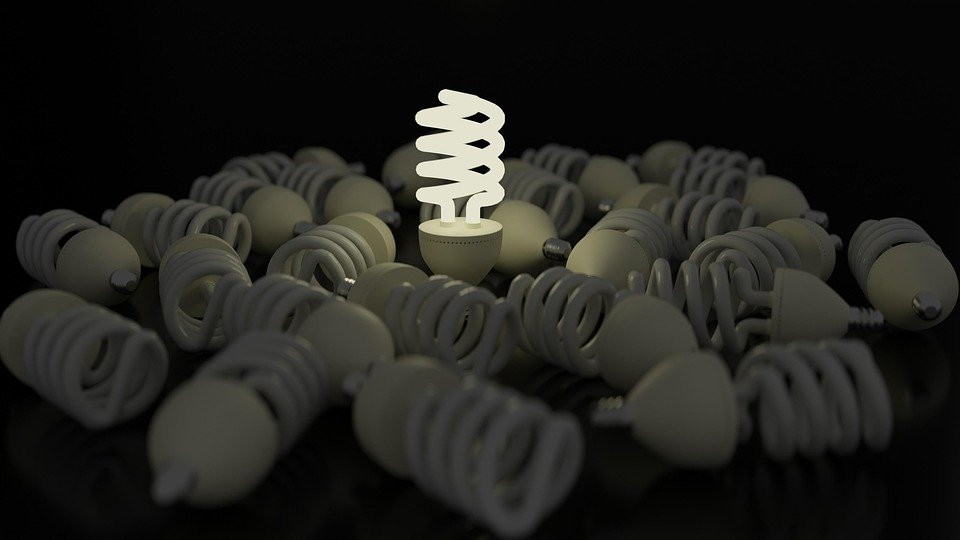Embrace Green Innovation: Your Ultimate Guide to DIY 3D Printed Flower Pots
Gardening enthusiasts and makers, unite! The fusion of nature and technology has never been more exciting. 3D printed planters are revolutionizing the way we grow plants, offering unlimited customization, sustainability and a satisfying hands-on experience. This guide will walk you through designing, printing, and finishing your own botanical masterpiece.
Why 3D print flower pots?
- Super customized: Design a planter that fits your space – think about geometric shapes, interlocking systems or planters that fit into awkward corners.
- Environmentally friendly process: Use biodegradable PLA filament or recycled materials to minimize waste.
- educational value: Learn CAD design, materials science and botany in one project.
- Cost effective: Produces durable plant pots at a fraction of the retail price.
Step-by-step construction guide
1. Design Phase: Precision Blueprint
tool: Start with beginner-friendly software like Tinkercad or Fusion 360. For complex designs (for example, plaid patterns), Blender provides advanced control.
Key considerations:
- drainage: Mandatory! Add 4-6 holes (5-8 mm diameter) at the bottom to prevent root rot.
- wall thickness: 2.5–4mm Balances strength and material efficiency. Thinner walls risk cracking; thicker ones waste filament.
- tapered geometry: Walls tilt outward (3–5°) to facilitate print removal and maintain stability.
- Modular:Design with stackable basins or attachable saucers.
For tips: For structural integrity, edges are rounded (corners) to reduce stress points. Export the design as an .STL file.
2. Material Selection: Beyond Basic PLA
Although PLA is suitable for beginners, for long-term use, consider the following factors:
- Peteg: UV protected and waterproof – perfect for sunny patios.
- ASA: Strong weather resistance, suitable for harsh climates.
- Regenerated filament: Brands like Polymaker offer PLA from industrial waste.
Unparalleled durability:
Metal 3D printing basin (Stainless steel, titanium, aluminum) performs well in outdoor/extreme environments. They resist corrosion, frost and UV damage. While home printers use plastic, professional services such as huge light Specializing in metal fabrication. Their Direct Metal Laser Sintering (DMLS) technology accurately creates strong, intricate designs ideal for commercial or high-traffic spaces.
3. Printing parameters: precision setting
Printer settings:
- Floor height: 0.15–0.2mm for smooth surface.
- filling: 25–40% (intensity of hexagonal or spiral pattern).
- support: For overhangs >60° use tree supports.
- adhesion: Edges prevent warping; glue sticks or PEI sheets aid bed adhesion.
Printing environment: Enclose the ABS/ASA printer to avoid drafts. Keep the ambient temperature around 25°C.
4. Post-processing: from practical to exciting
- Remove supports: Clamp the bracket carefully; sand away the residue with 120→400 grit sandpaper.
- water proof: Seal the inside of the plastic pot with epoxy resin (such as ArtResin). Metal pots do not need to be sealed.
- finishing:
- plastic: Prime with spray filler, then paint with acrylics.
- Metal: Electroplating brings metallic luster, sandblasting brings matte elegance.
- disinfect: Soak pots in a vinegar solution before planting to kill bacteria.
5. Planting best practices
- drainage layer: Add 2-3 cm of gravel or perlite before the soil.
- soil selection: Use a lightweight potting mix to reduce pressure on printed walls.
- plant compatibility: Choose succulents (low water requirements) or herbs. Avoid using moist plants like ferns in PLA pots.
in conclusion
3D printed planters embody creativity and functionality – whether you’re making a whimsical tabletop planter or a hardy garden centerpiece. Plastic printing democratized accessibility, but for industrial-grade elasticity and complexity, metal 3D printing unlocks unprecedented potential. Always prioritize drainage, material compatibility, and environmentally friendly practices to keep your plants thriving. This isn’t just gardening; it’s proof of sustainable innovation.
FAQ
Q1: Are 3D printed flower pots safe for edible plants (herbs/vegetables)?
Answer: Yes – if using Food safety filament (e.g. PETG) and seal thoroughly with non-toxic epoxy. Avoid using unsealed PLA as micro-cracks may harbor bacteria. For ultimate safety, metal pots printed with implant-grade materials, such as GreatLight-certified stainless steel, are ideal.
Q2: How long can PLA flower pots be used outdoors?
A: Unsealed PLA will degrade within 6-12 months in sunlight/humidity. PETG lasts 2-3 years; ASA up to 5 years. For permanent outdoor installations, metal 3D printing is unmatched – lasting for decades with zero degradation.
Q3: Can I print flower pots without a 3D printer?
Answer: Of course! Use online services to print your uploaded designs. For metal pots, manufacturers like huge light Offering an end-to-end solution – upload your design, select the material (aluminum, titanium, etc.) and receive the finished product after processing.
Q4: How to prevent porous prints from leaking?
A: Add wall layers (3+ perimeter shells) and apply 2-3 layers of clear resin inside the pot. Metal prints are inherently waterproof due to non-porous sintering.
Q5: Why choose professional metal 3D printed potted plants?
A: For complex geometries, extreme durability, or premium finishes, DIY printers just don’t cut it. huge light Combining advanced DMLS technology with machining-grade precision, we offer custom designs, fast turnaround and surface treatments (polishing, anodizing) to transform digital files into collectible planters.
Q6: What is the cost difference between plastic printing basin and metal printing basin?
A: The filament cost for a DIY plastic pot is $1-4. Professionally printed metal cans range in price from $20 to over $200 depending on size/material – reasonable for architectural, commercial or heirloom projects that will last longer than a few decades.
Elevate your projects with industrial-grade craftsmanship: GreatLight is a top-tier metal 3D printing manufacturer equipped with cutting-edge DMLS systems and post-processing technology. We solve complex manufacturing challenges in aerospace, medical and design, providing rapid custom solutions in stainless steel, aluminum, titanium and more. From prototyping to final finishing, we ensure precision, durability and exceptional aesthetics. Request a quote for your custom metal planter or precision part at a competitive price.


















